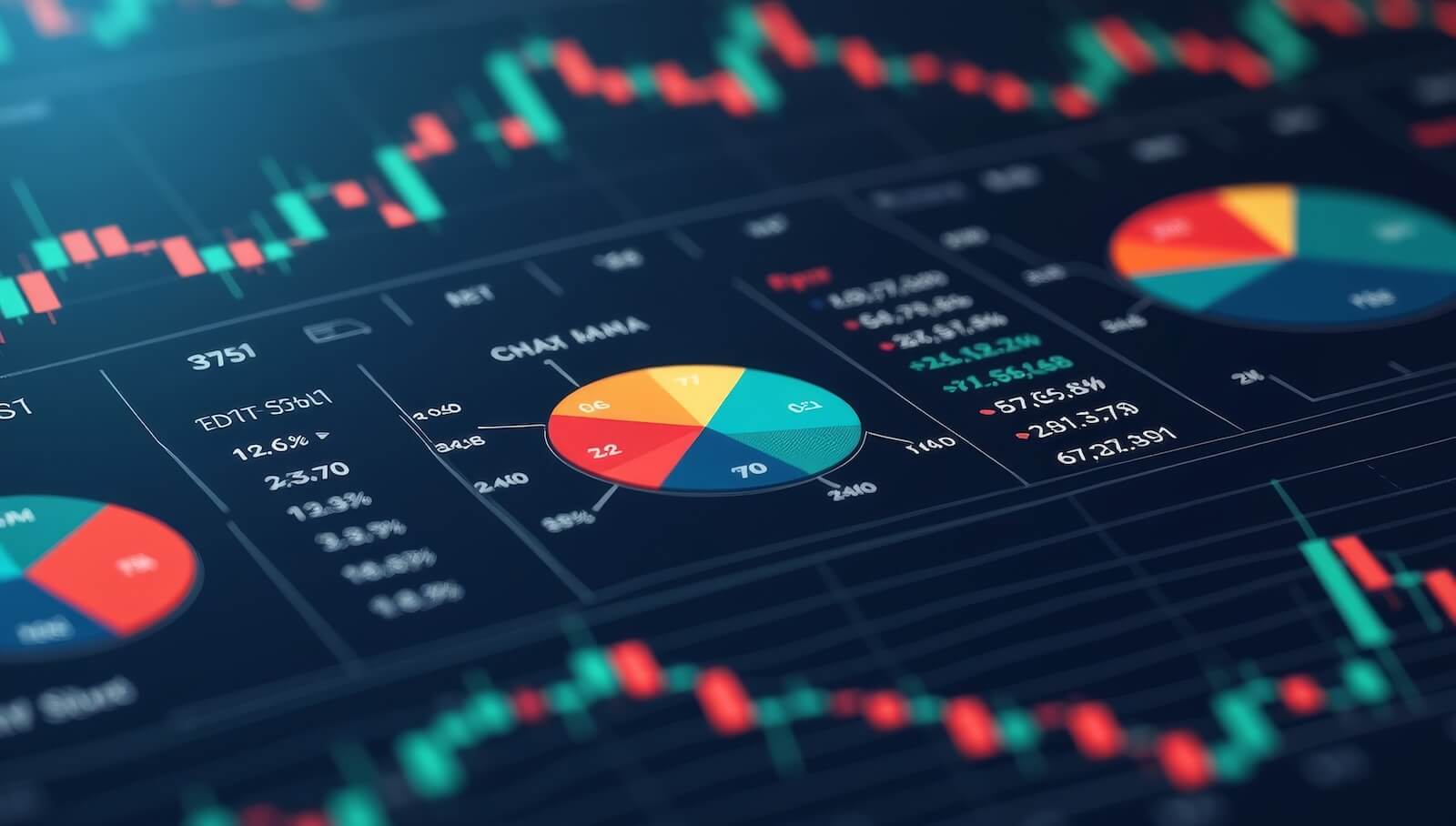CONSUMER CYCLICALS SPDR TESTS JANUARY HIGH -- HEALTHCARE SPDR NEARS AN UPSIDE BREAKOUT -- FINANCIALS ARE BOUNCING OFF 200-DAY AVERAGE AND LEADING TODAY'S RALLY -- GROWTH STOCKS CONTINUE TO OUTPACE VALUE
CONSUMER CYCLICALS NEAR NEW RECORD ... My message from Thursday, May 24 wrote about consumer cyclical stocks continuing to show relative strength. That earlier message attributed that mostly to strong leadership from apparel retailers. That's been the story again this week with retailers continuing to rally. Chart 1 shows the Consumer Discretionary SPDR (XLY) rising to the highest level since late January and in the process of challenging that prior peak. The top box shows the XLY/SPX relative strength ratio hitting a new high. So far, the only market sector to hit a new record has been technology. A new record by the XLY would be a good sign for it and the rest of the market. Consumer cyclicals are the fourth biggest sector in the S&P 500 with a weight of 12%. Technology is the biggest sector (26%). Financials and healthcare have weights of 14% and 13%. So far, those last two haven't been much help to the overall market (more on that shortly). An upside breakout by the XLY would add another important sector trading in record territory, and would broaden out the market's rally.

(click to view a live version of this chart)
Chart 1
HEALTHCARE NEARS AN UPSIDE BREAKOUT... One of the factors holding the S&P 500 back has been weak leadership from some of its largest sectors outside of technology and consumer cyclicals. My message from last Friday suggested that the healthcare sector appeared to be forming a bottom. Chart 2 shows the Health Care Sector SPDR (XLV) still needing a close above its April/May highs (flat line) to turn its trend higher. Healthcare has been holding the S&P 500 back. The gray area in Chart 2 plots a ratio of the XLV divided by the S&P 500. So far this year, the XLV has underperformed the SPX by a couple of percentage points. And it's the third biggest sector in the SPX. An upside breakout would be a big help to the S&P 500. And it may be getting close.

(click to view a live version of this chart)
Chart 2
FINANCIAL SECTOR BOUNCES OFF 200-DAY AVERAGE ... Because of their size and relatively weak performance, financials have been the biggest drag on the market this year. The red line in the top box in Chart 3 is a relative strength ratio of the financials divided by the S&P 500. And its been falling all year. During the first half of 2018, the financial sector has been flat (versus an S&P 500 gain of 3%). The only other sectors doing worse are utilities (-5%) and staples (-11%). Those last two sectors, however, have a combined weight of only 8% in the S&P 500. Financials comprise 14% of the S&P 500 and are its second biggest sector (behind technology). So their weak performance has been a big drag on the rest of the market. But there may be cause for some optimism there. The daily bars in Chart 3 show the Financial Sector SPDR (XLF) rebounding off its 200-day moving average for the third time since the start of April. [The third test of support is usually the most important one]. An upturn in the XLF would be supportive to the market. A move above its May peak would be even better. Financials are today's strongest sector.

(click to view a live version of this chart)
Chart 3
GROWTH OVER VALUE ... There's been some discussion in the financial media this week as to why value stocks have lagged so far behind growth stocks over the past several years. Some have wondered whether the philosophy of value investing may have some inherent flaws to account for their weaker performance. The actual reasons why may be a lot simpler. Let's compare their performance this year. Chart 4 shows the Russell 1000 Growth iShares (IWF) flirting with their January highs. The IWF has gained nearly 9% this year (versus a 3% gain in the S&P 500). Chart 5, however, shows the Russell 1000 Value iShares (IWD) trading below its May high and more than -5% below its January high. The value ETF has underperformed the growth ETF by -9% so far this year. The reason for that discrepancy may simply lie with which sectors dominate each ETF. The two biggest sectors in the growth ETF are technology (40%) and consumer discretionary (18%). They also happen to be the year's two strongest sectors. Financials account for only 3% of the IWF. By contrast, financials are the biggest sector in the value ETF (26%) which, as we've already shown, are one of the year's weakest sectors (while technology has a smaller weight of only 9%). We may not have to look much further to explain why financially-dominated value stocks have done much worse than technology-dominated growth stocks over the last decade.

(click to view a live version of this chart)
Chart 4

(click to view a live version of this chart)
Chart 5
TECHNOLOGY HAS OUTPERFORMED FINANCIALS FOR THE LAST TEN YEARS... Growth stocks have done much better than value stocks over the last decade. The rising blue line in Chart 6 compares the Russell 1000 Growth iShares to its Value iShares since the start of 2008. Growth stocks outperformed value by a factor of 83% during that decade. During those same ten years, consumer cyclicals and technology were the market's two strongest sectors, while financials were the second weakest (behind energy). Chart 7 shows technology stocks outpacing financials by a margin of 172% during that same decade. Although the sector weightings in the growth and value groups may have shifted over those ten years, the relative performance of some of the biggest sectors in each group may largely explain why growth has done so much better value during that period. And will likely continue to do so as long as financial shares continue to lag behind technology shares.

Chart 6

Chart 7
THE DOW NEARS UPSIDE BREAKOUT... Stocks are having another strong day today. The Nasdaq and Russell 2000 Small Cap indexes are hitting record highs, while the S&P 500 is trading at the highest level in three months. The Dow Industrials are playing catch-up today. Chart 8 shows the Dow nearing a test of its May intra-day high near 25,100. An upside breakout (which appears likely) would put all major stock indexes in uptrends. Eight of eleven sectors are in the black today, with the biggest percentage gains in financials, materials, cyclicals, and healthcare. Staples, utilities, and REITs are in the red. Rising bond yields may have something to do with that. The dollar is experiencing some profit-taking near its November high against the euro and the British pound. That may be giving a lift to large cap multinational stocks which have been lagging behind small caps of late.











